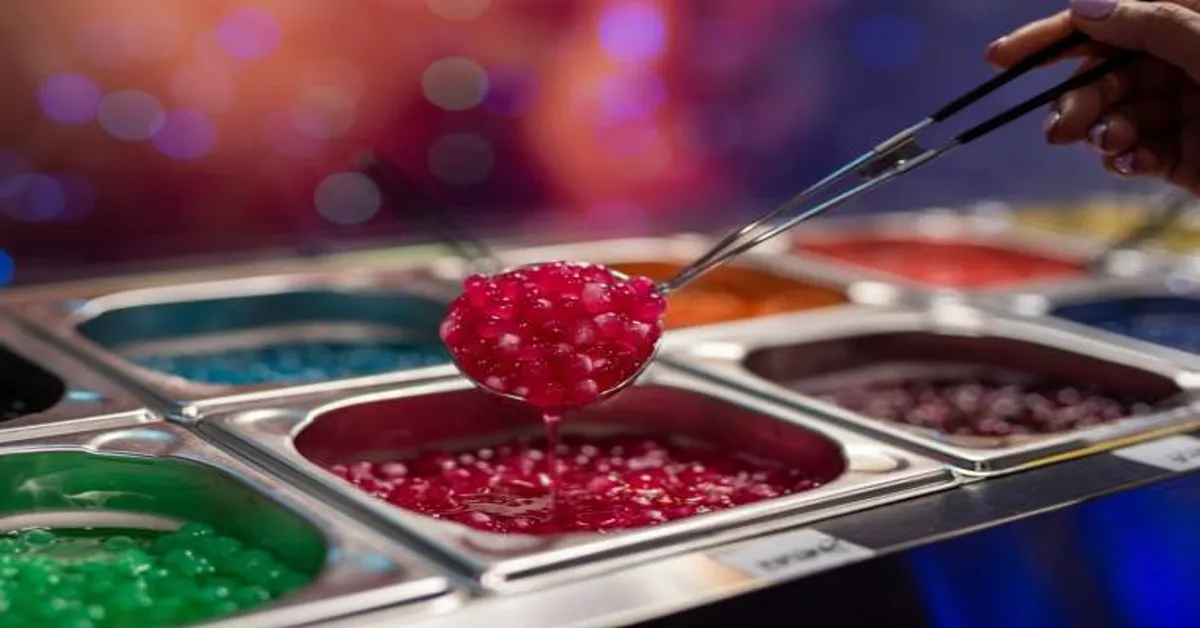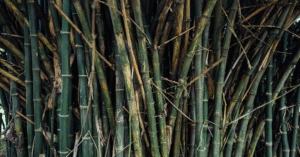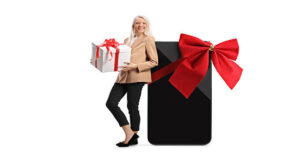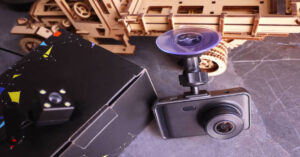Bubble tea, also known as boba tea, has grown into an international phenomenon. With origins in Taiwan, it has captivated millions with its combination of sweet tea, creamy milk, fruity flavors, and chewy toppings known as boba. While most people are familiar with the classic black tapioca pearls, there’s a new contender that has sparked intrigue across bubble tea shops, social media, and specialty cafes: crystal boba. Also known as “white pearls” or “agar boba,” crystal boba is visually stunning, lighter in flavor, and texturally different from traditional tapioca pearls.
In this in-depth article, we will explore everything you need to know about crystal boba. We’ll cover its ingredients, production process, unique characteristics, health aspects, culinary uses, differences from tapioca boba, and even tips for making it at home. Whether you’re a bubble tea lover or a curious foodie, this guide will illuminate why crystal boba has earned its place in the world of creative beverages and desserts.
What Is Crystal Boba?
Crystal boba is a chewy, translucent, jelly-like topping often used in beverages, desserts, or cold snacks. It’s named “crystal” because of its semi-transparent appearance and smooth, glossy surface. Unlike the dark brown or black hue of tapioca pearls, crystal boba has a light or even colorless appearance, though it can be infused with various colors and flavors during the cooking process.
The texture of crystal boba is not the same as regular tapioca pearls. While tapioca boba is dense and chewy with a gummy core, crystal boba has a softer, more delicate bite. It’s often compared to a soft jelly or firm gummy candy. This unique texture appeals to those who want the chewiness of boba without the heaviness or stickiness associated with tapioca-based pearls.
Crystal boba is primarily made from konjac, a plant-based ingredient derived from the root of the Amorphophallus konjac plant. Known for its low-calorie, high-fiber content, konjac is often used in health foods, especially in East Asian diets.
Ingredients and How Crystal Boba Is Made
The process of making crystal boba begins with konjac flour or powder. Konjac is naturally rich in glucomannan, a type of soluble fiber that becomes gelatinous when mixed with water and heated. This gelling ability is what gives crystal boba its signature texture. Here’s a general overview of how crystal boba is created:
- Konjac Powder Preparation: The powder is mixed with water and sometimes calcium hydroxide (a firming agent) to help it solidify during cooking.
- Heating and Stirring: The mixture is heated until it becomes a thick, jelly-like paste. During this phase, sweeteners or flavoring agents may be added.
- Molding and Cooling: The warm jelly is dropped into small pearl-shaped molds or extruded into small balls. These are then cooled rapidly to set their shape.
- Flavoring and Coloring: Some manufacturers infuse the pearls with fruit juice, flavored syrups, or food-safe colorants to create variety. Common flavors include lychee, mango, and green apple.
Because crystal boba does not require caramelization like tapioca boba, it retains a cleaner, lighter flavor that complements fruity teas and cold beverages particularly well.
Taste and Texture Profile
When it comes to flavor, crystal boba is relatively neutral in its base form. Unlike traditional tapioca pearls that have a deep molasses or caramel flavor (due to the brown sugar or syrup they’re cooked in), crystal boba is more subtle. This neutrality allows it to be easily customized with added flavors or syrups.
The texture is often described as soft-chewy or bouncy, somewhere between a firm jelly and soft gummy candy. It does not stick to the teeth and dissolves slightly as you chew, which some people find more pleasant compared to the dense chew of tapioca boba. This texture makes crystal boba an excellent choice for lighter beverages like fruit teas, citrus infusions, or floral drinks where a heavy topping might feel overpowering.
Because of its unique tactile experience and appearance, crystal boba adds both visual appeal and textural complexity to any dish or drink.
Health Aspects and Nutritional Information
From a health standpoint, crystal boba has some advantages over traditional boba, especially for individuals looking to reduce calorie intake or consume fewer carbohydrates. Here’s a comparison of key health-related elements:
- Lower Calories: Due to its primary ingredient being konjac, crystal boba is generally lower in calories than tapioca pearls. A 1/4-cup serving may contain as few as 20–40 calories, depending on added sugars or flavors.
- Low in Carbs: Tapioca pearls are starch-heavy and high in carbohydrates. Crystal boba, by contrast, has a minimal carb content, especially if made without added sugar.
- Dietary Fiber: The glucomannan in konjac is a form of soluble fiber. This can help with digestion, promote satiety, and potentially help regulate blood sugar levels.
- Gluten-Free and Vegan: Crystal boba contains no wheat or animal products, making it suitable for gluten-free, vegetarian, or vegan diets.
- No Cholesterol or Fat: Unlike some dessert toppings that contain oils or fats, crystal boba is naturally fat-free.
However, commercial versions of crystal boba often come pre-sweetened or soaked in syrup, which increases the sugar and calorie content. It’s always a good idea to check labels or inquire at bubble tea shops about the preparation method if you’re concerned about added sugars.
Crystal Boba vs. Tapioca Boba
Understanding the differences between crystal boba and traditional tapioca pearls can help you choose the right option based on your personal preferences, dietary needs, or culinary goals.
| Feature | Crystal Boba | Tapioca Boba |
|---|---|---|
| Main Ingredient | Konjac flour | Tapioca starch (cassava root) |
| Color | Clear to white (can be colored) | Black or dark brown |
| Texture | Soft-chewy, jelly-like | Dense and gummy |
| Flavor | Neutral (customizable) | Slightly sweet, molasses-like |
| Cooking Time | Quick (pre-cooked or ready-to-eat) | Long (30–60 minutes) |
| Shelf Life | Short (must be refrigerated) | Short once cooked |
| Health Profile | Low-calorie, high-fiber | High-calorie, high-carb |
In many cases, customers prefer boba for lighter drinks such as green teas, lemonade infusions, or floral beverages. Tapioca boba remains the classic choice for milk teas and richer drinks due to its dense chew and satisfying mouthfeel.
Culinary Uses Beyond Bubble Tea
Crystal boba isn’t limited to beverages. Its versatility allows it to be used creatively in a range of sweet dishes, cold desserts, and even savory snacks. Here are some of its popular applications:
- Fruit Salad Add-In: Crystal boba adds both texture and color to fruit salads. Its neutral taste allows it to absorb citrus juices or honey-based dressings.
- Yogurt or Smoothie Bowl Topping: It complements granola, berries, and seeds in breakfast bowls, offering a fun, chewy contrast.
- Panna Cotta and Custards: Chefs often use flavored boba to add a surprise texture layer in creamy desserts.
- Ice Cream or Frozen Yogurt: Served over vanilla, mango, or berry flavors, it adds a unique dimension to cold treats.
- Cocktails and Mocktails: In the world of mixology, boba can be used as a garnish or floating element to add a playful aspect to beverages.
- Jelly Desserts: When mixed with flavored gelatin, it becomes part of a layered jelly dessert popular in Southeast Asia.
Because it doesn’t melt or degrade quickly at cold temperatures, boba is an excellent topping for frozen desserts and iced beverages.
Shelf Life, Storage, and Handling
If you’re purchasing boba from a store or online supplier, it’s often pre-packaged in syrup or vacuum-sealed. These versions are typically labeled as “ready to eat” and have a short shelf life once opened—usually around 3 to 5 days when refrigerated.
Here are some storage tips:
- Refrigeration: Always refrigerate after opening. The pearls can harden if left in open air or stored improperly.
- Do Not Freeze: Freezing alters the texture and may cause pearls to rupture or lose their consistency.
- Rinse Before Use: Some brands recommend rinsing the boba to remove excess syrup, especially if you want a more natural flavor profile.
- Consume Quickly: For best texture and taste, consume within a few days of opening. Like all jelly-based foods, it is sensitive to heat and contamination.
How to Make Crystal Boba at Home
Making crystal boba at home is simpler than tapioca boba because there’s no long boiling process. Here’s a basic overview of how to do it:
Ingredients:
- Konjac powder or glucomannan powder
- Water
- Sweetener (optional)
- Fruit juice or flavor extract (optional)
- Calcium hydroxide or food-grade calcium chloride (for gelling)
Steps:
- In a saucepan, dissolve konjac powder in water, stirring continuously.
- Add sweetener and any flavoring or coloring you’d like.
- Once thickened, drop small portions into a calcium bath to form pearls.
- Let them set for a few minutes before rinsing and storing them in cold water.
It may take a few tries to get the texture right, but experimenting at home allows you to fully control flavor, color, and size.
Cultural and Commercial Popularity
Crystal boba has become especially popular in Asian countries, and it’s now gaining traction in Western markets where bubble tea continues to boom. Its appealing texture, eye-catching look, and healthier profile attract both new bubble tea drinkers and long-time fans seeking variety.
Some bubble tea chains offer customizable drinks where you can choose between several toppings including crystal, tapioca, popping pearls, aloe vera, and grass jelly. In particular, drinks marketed as “refreshers,” “fruit teas,” or “herbal infusions” pair exceptionally well with crystal boba, making it the topping of choice for light, summer-style beverages.
ALSO READ: iOS App Development from Garage2Global: Turning Ideas into World-Class Apps
Frequently Asked Questions (FAQs)
1. Is crystal boba healthier than tapioca boba?
Yes, in general. Crystal boba is lower in calories and carbohydrates than traditional tapioca pearls. It’s also made from konjac, a high-fiber, plant-based ingredient. However, if sweetened with syrups, it can still contain added sugars, so moderation is key.
2. What does crystal boba taste like?
Plain crystal boba has a neutral flavor, similar to an unsweetened jelly. When flavored with fruit juice or syrups, it takes on the taste of the additives. Its soft-chewy texture is light and refreshing, making it ideal for cold beverages.
3. Can I add crystal boba to hot drinks?
Crystal boba is best suited for cold or room-temperature beverages. Hot drinks can alter its texture, making it overly soft or breaking down its jelly-like consistency. For optimal results, use it in iced teas, smoothies, or desserts.
4. Is crystal boba vegan and gluten-free?
Yes, crystal boba is naturally vegan and gluten-free. It is made from konjac root, water, and natural gelling agents. Just be sure to check for any flavored versions that may include sweeteners or additives derived from non-vegan sources.
5. How long does crystal boba last after opening?
Once opened, store crystal boba in the refrigerator and consume it within 3 to 5 days. Always keep it submerged in water or syrup to maintain its texture. Do not freeze it, as freezing damages its consistency and makes it less enjoyable to eat.









